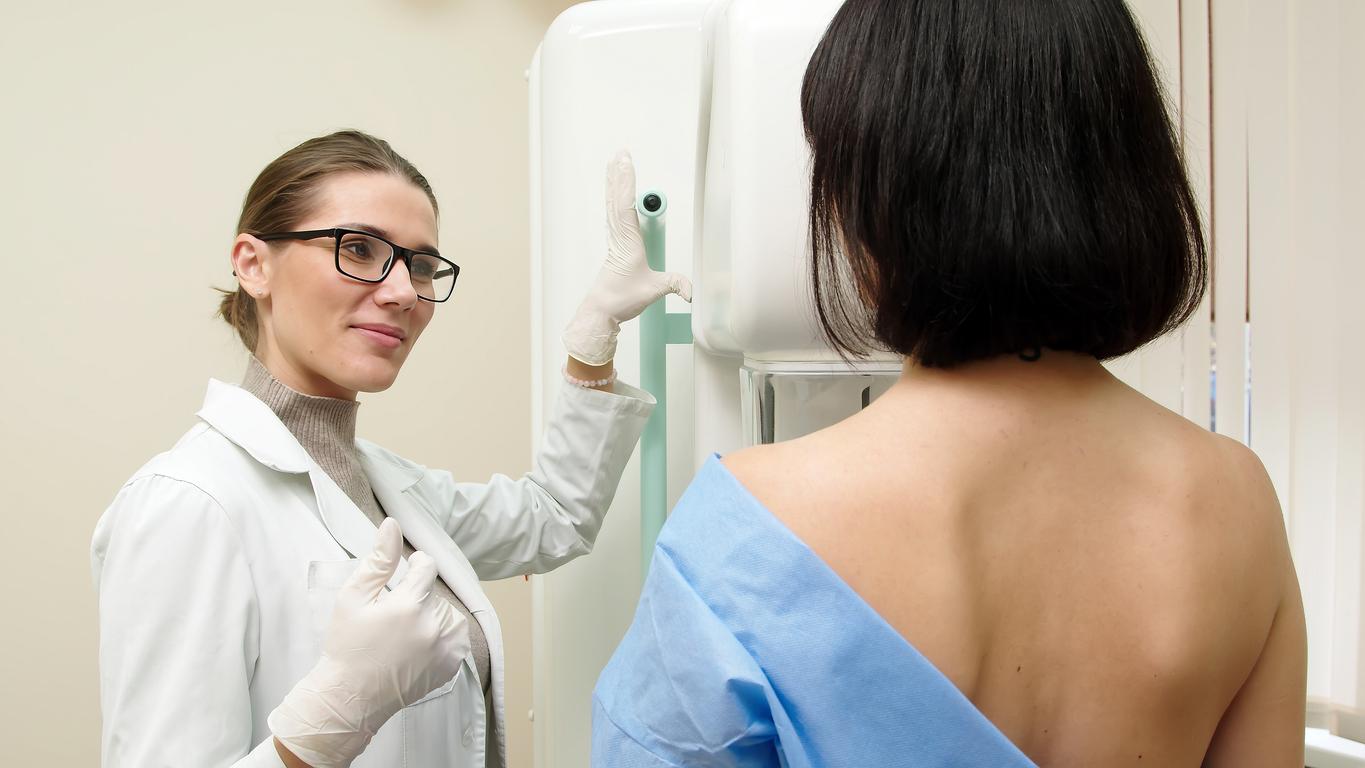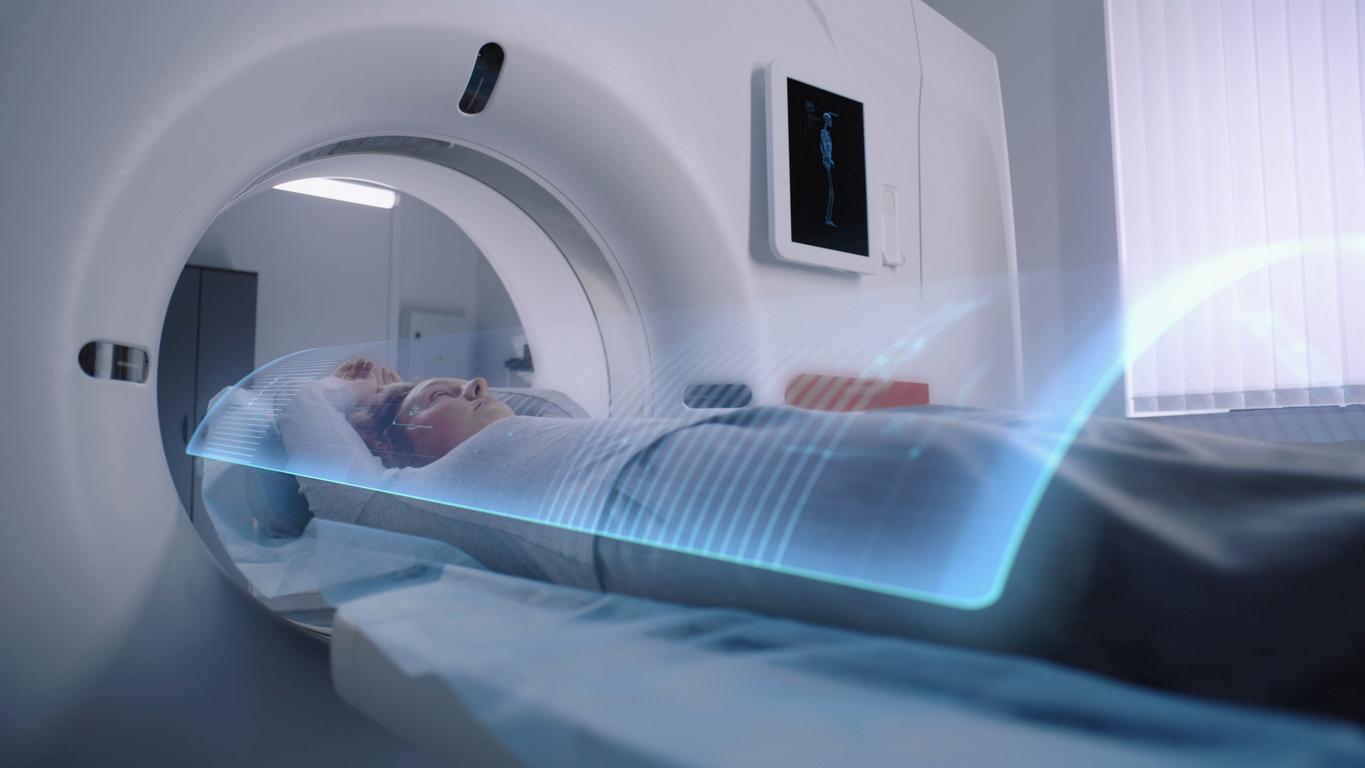According to Henri Bastos, scientific director of ANSES, “we must facilitate the recognition of work-related cancers”.

- While a 2018 French study estimates the number of work-related cancers in France at around 12,000 cases per year, only 1,800 cases are recognized each year by the work accidents-occupational illnesses branch of Health Insurance.
- According to Henri Bastos, scientific director of occupational health at Anses, “we must facilitate the recognition of work-related cancers”.
- The creation of a new occupational disease table could help move in this direction.
According to the Sumer survey, around 2.7 million workers were exposed in 2017 to at least one carcinogenic chemical.
“Workers who are ill due to exposure in the exercise of their professional activity may request compensation for their damages,” remember Henri Bastos, scientific director of occupational health at ANSES. “The recognition of their illness is facilitated when there is a table of occupational illness”, he continues.
Cancer and work: chow can we explain this under-recognition?
While a 2018 French study estimates the number of work-related cancers in France at around 12,000 cases per year, only 1,800 cases are recognized each year by the work accidents-occupational illnesses branch of Health Insurance.
How to explain this under-recognition? The French system provides that requests for recognition are made by victims or their beneficiaries. “However, many factors can hinder this declaration of occupational illness, including the lack of knowledge or non-identification of the link between illness and work by the victim or even by the doctors who support patients in their care journey. “, deplores Henri Bastos.
Cancer and work: towards the creation of a new table of occupational illnesses
The recent new opinion from ANSES concluding a proven link between occupational exposure to formaldehyde and myeloid leukemia should contribute to the creation of a new table of occupational diseases. Things are also changing regarding other pathologies and other triggering factors. Last March, a Moselle nurse who worked night shifts at the hospital for twenty-eight years, for example, obtained recognition of her breast cancer as an occupational illness.
In its opinion, the Agency also addresses a recommendation to onco-hematologists and their teams: “in conjunction with treating physicians or occupational physicians, they have an important role to play in improving the identification of occupational exposure to formaldehyde and helping their patients in their recognition process”, can we read there.
“Widely disseminating knowledge about work-related risks to strengthen prevention is an issue to which our expertise must actively contribute,” adds Henri Bastos in conclusion.



















